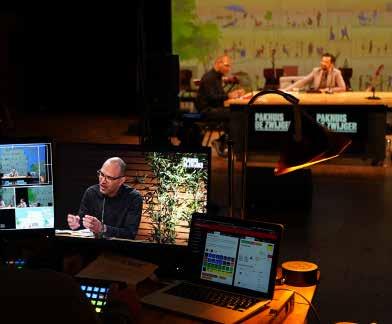
4 minute read
Code RED: transitioning together


Advertisement
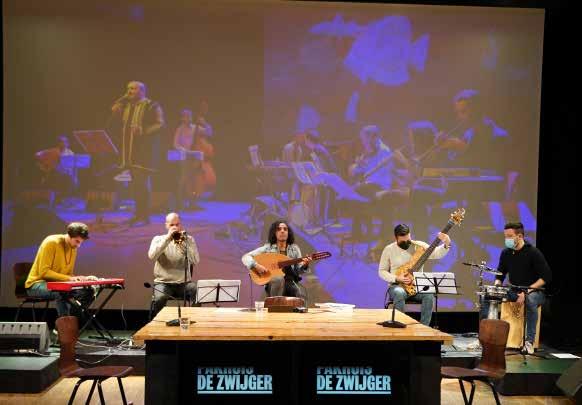
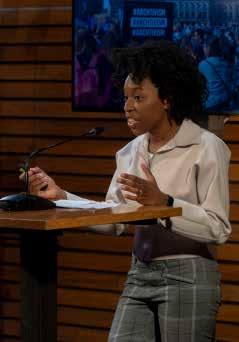
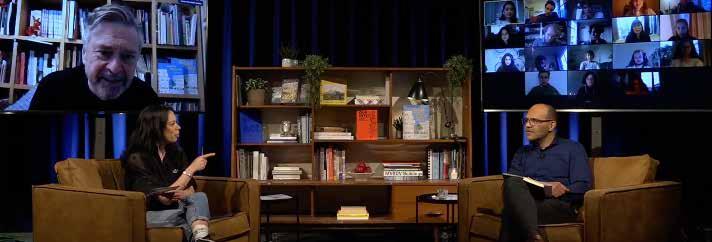

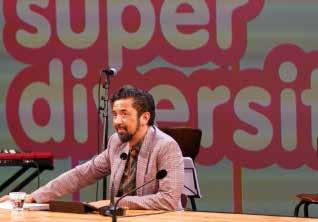
Publisher
Egbert Fransen
COLOFON
Dymphie Braun
Layout & Graphic Design
Menko Dijksterhuis, Martine Eyzenga, Marcel Kampman
Contributors
Laura Adèr, Galit Ariel, Rudy van Belkom, Aminata Cairo, Maurice Crul, Dark Matter Labs, Simon Dogger, Marie van Driessche, Sennay Ghebreab, Nyasha Harper-Michon, Lyongo Juliana, OluTimehin Kukoyi, Frans Lelie, Maggi Leung, Nica Renoult, Ariana Rose, Nishant Shah, Jacquie Shaw, Rut Turró, De Voorkamer, Bernardine Walrecht
Team DCFA
Dymphie Braun, Shara Gaffaf, Folkert Lodewijks, Jonathan Tjien Fooh
Moderator livecasts
Jörgen Tjon A Fong
Thank you to all speakers
Laura Adèr, Mohamed Ahaddaf, Ali T. As’ad, Tanachia Ashikali, Eve Aronson, Joost Beunderman, Aminata Cairo, Izaline Calister, Liz Corbin, Simon Casperson, Maurice Crul, Yinka Danmole, Natalie Dixon, Simon Dogger, Marie van Driessche, Lotte van Eijk, Maha Eljak, Dina El Filali, Annika Frye, Edwin Gardner, Sennay Ghebreab , Gabriella Gómez-Mont, Emilio de Haan, Nyasha Harper-Michon, Arne Hendriks, Francine Houben, Maartje Janse, Indy Johar, Lyongo Juliana, Bryan C. Lee, Ali Mangera, Agni Kalfagianni, Hicham Khalidi, Sobhi Khatib, Olga Kordas, OluTimehin Kukoyi, Maggi Leung, Astrid Linder, Neil Livingston, Tom Loois, Arna Mačkić, Xillan Macrooy, Katerina Makrogamvraki, Lisa Moretti Talia, Sarah Naqvi, Satyendra Pakhalé, Belle Phromchanya, Marjolein Pijnappels, Amanda Pinatih, Wouter Pocornie, Maartje van Proosdij, Michelle Provoost, Giulio Quaggiotto, Shay Raviv, Nica Renoult, Nadine Ridder, Nanja van Rijsse, Kevin Rooi, Eva Rovers, Charlot Schans, Praveen Sewgobind, Melis Senova, David Sim, Nishant Shah, Jacquie Shaw, Ineke Smits, Ronald Snijders, Rut Turró, Sander van der Waal, Barbara Wagensveld, Zack Walsh, Liam Young, Klassien van de Zandschulp, Hans de Zwart
Printed by
Veenman+
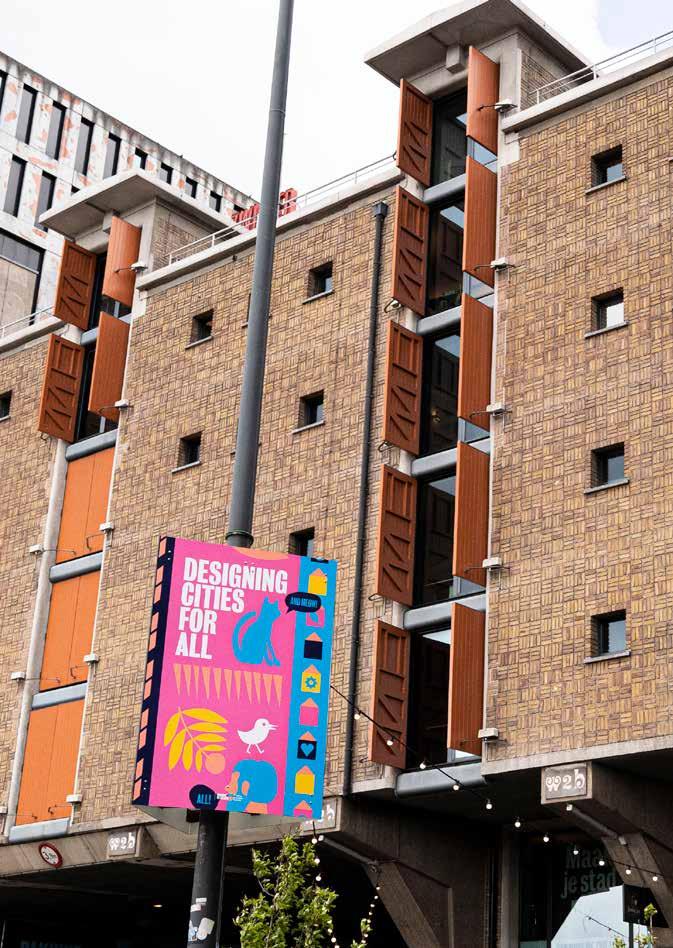
©2021 Stichting Pakhuis De Zwijger. Piet Heinkade 181K, 1019HC Amsterdam
www.dezwijger.nl dcfa@dezwijger.nl +31 20 6 246 380
ACCESSIBILITY
From the perspective of Designing Cities for All, we aim to create accessible content and equal access to information for everyone. With gathered knowledge from our own (lived) experience, those of our community, and the resources you can find online that help designers create accessible print materials, we made this publication. The following is not intended and should not be regarded as a sole and comprehensive resource for accessibility, but hopefully, it inspires you to apply this as well to your (print) design.
First of all, we consider language also as design. As a society, we still use ableist, colonial, transphobic, homophobic, and gender-unequal language in our daily speech. To avoid using euphemisms and callous idioms, we tried to use more straightforward and literal language instead. When it comes to the graphic design, we used a readable typeface with a font size of 12 point for body text and 9 point for footnotes, because smaller fonts may be illegible for some audiences. To help you find your way through the body text, we used headers. We made sure each line didn’t exceed 60 characters to not tire the eyes (what also helps is the use of paper with a matte finish) and all texts are aligned left to make it easier to read. The distance between each word is kept the same, to make it readable for those with for example dyslexia. And for the ones among us with low vision and cognitive disabilities, we used white space throughout the design to improve the visual layout.
Did you know that the most sustainable book size is 170x240 mm? That’s because you can print 16 pages on one sheet of paper and have zero paper waste. We not only chose this option because it’s a better choice for our future generations, but also because it’s user-friendly for people with fine motor disabilities. We also paid attention to the binding and used a method that makes it easy to flatten the document when using screen magnifiers, and that you can read it without using your hands.
The result? A book that works better for all!XOXO D-M
If you like to read 18 Perspectives on Designing Cities for All with audio, you can download a PDF of this book. Use your prefered text-to-speech audio reader to create your own DCFA listening experience.
Throughout this essay book, you will find several book tips. Via Athenaeum Bookstore you get a 10% discount code on non-Dutch publications with discount code ‘DCFA2021’!
If you want to stay updated on Designing Cities for All, you can visit our online Research File and subscribe to the DCFA newsletter.

